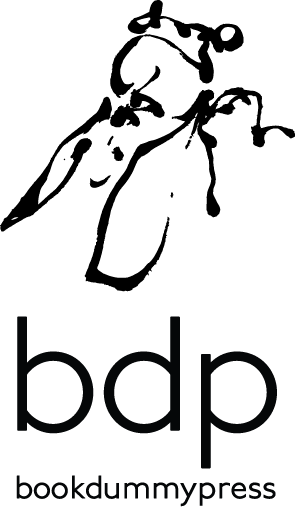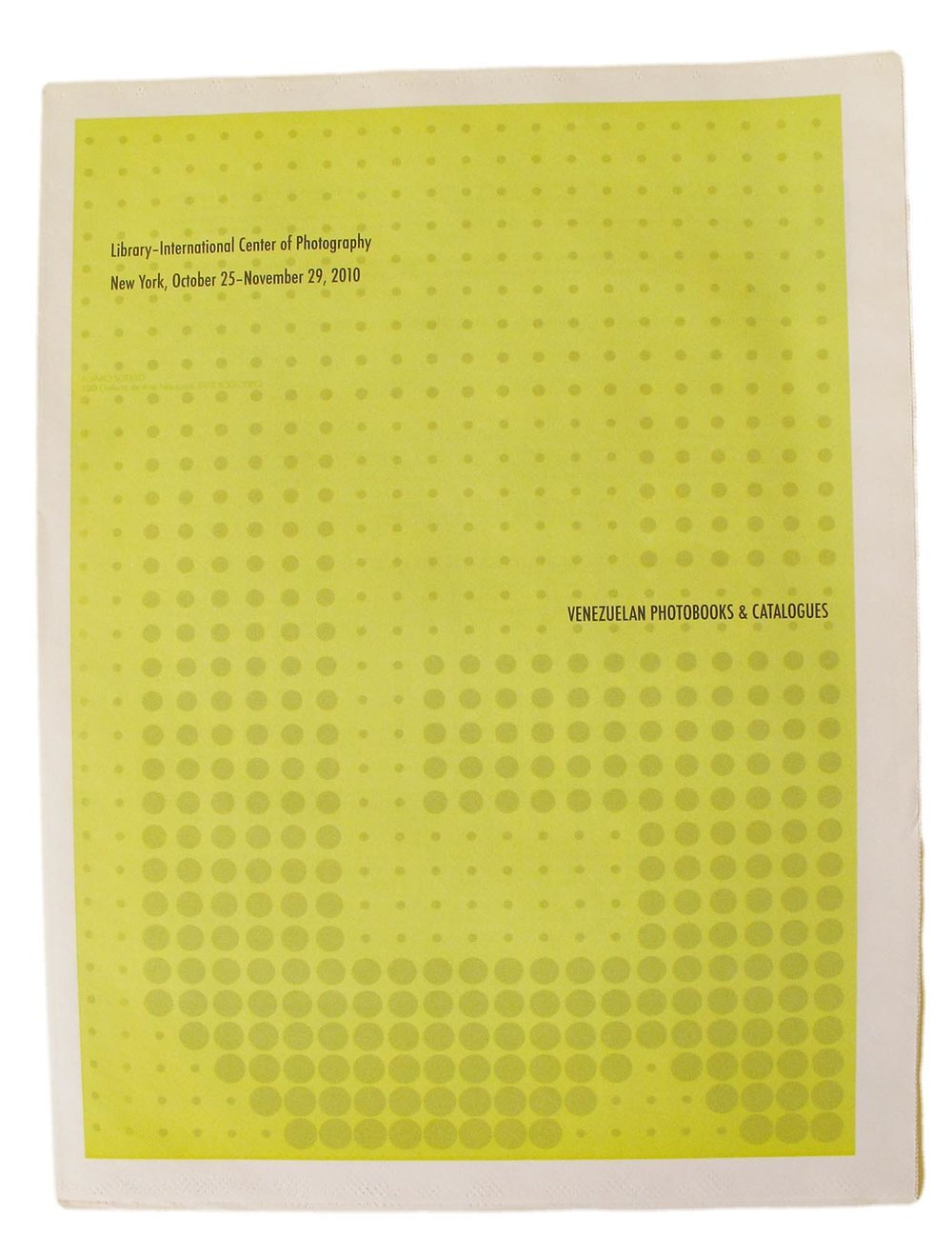 Image 1 of 5
Image 1 of 5

 Image 2 of 5
Image 2 of 5

 Image 3 of 5
Image 3 of 5

 Image 4 of 5
Image 4 of 5

 Image 5 of 5
Image 5 of 5






KURASHI NO TECHO "Summer 1964" Vol 75
KURASHI NO TECHO "Summer 1964" Vol 75
The Works of Yasuji Hanamori: A Designer’s Hand, an Editor’s Eye. SETAGAYA ART MUSEUM BY YUKARI TANAKA Since the first publication of Kurashi no Techo (Living Handbook) in 1948, Yasuji Hanamori worked as the magazine’s editor-in-chief until his death in 1978. The magazine was targeted at homemakers and included surveys of home products a radical approach for Japan’s postwar publishing industry. Throughout his career, Hanamori was also involved in various other aspects of publishing, ranging from book design to journalism, often introducing the use of innovative ideas to Kurashi no Techo. The exhibition captures the essence of Hanamori’s work, exploring his views on social issues and what it means to live a beautiful life a fundamental message that Hanamori hoped to convey to the Japanese society.
KURASHI NO TECHO "Summer 1964" Vol 75
The Works of Yasuji Hanamori: A Designer’s Hand, an Editor’s Eye. SETAGAYA ART MUSEUM BY YUKARI TANAKA Since the first publication of Kurashi no Techo (Living Handbook) in 1948, Yasuji Hanamori worked as the magazine’s editor-in-chief until his death in 1978. The magazine was targeted at homemakers and included surveys of home products a radical approach for Japan’s postwar publishing industry. Throughout his career, Hanamori was also involved in various other aspects of publishing, ranging from book design to journalism, often introducing the use of innovative ideas to Kurashi no Techo. The exhibition captures the essence of Hanamori’s work, exploring his views on social issues and what it means to live a beautiful life a fundamental message that Hanamori hoped to convey to the Japanese society.




























